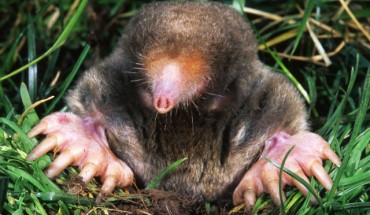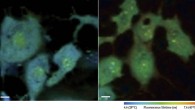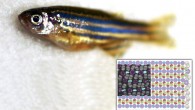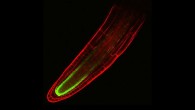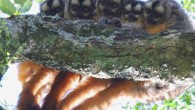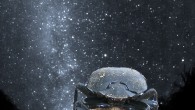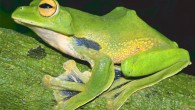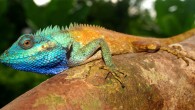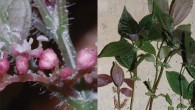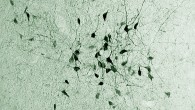According to a research published in the journal Nature Communications, the eastern mole (Scalopus aquaticus) relies on stereo sniffing to locate its prey. The eastern mole Scalopus aquaticus (Kenneth Catania, Vanderbilt University) Prof Kenneth Catania from Vanderbilt University, who conducted the research, said: “I came at this as a skeptic. I thought the moles’ nostrils were too close together to effectively detect odor gradients.” What he...

